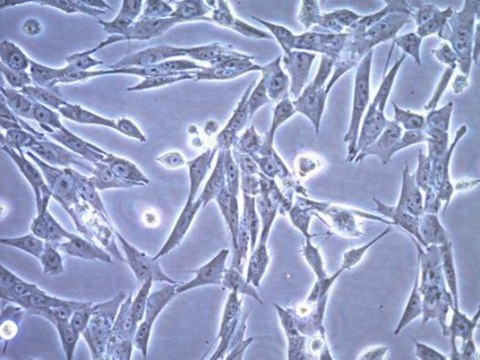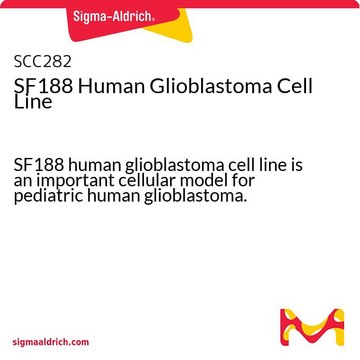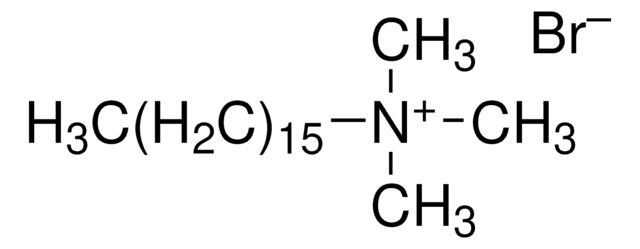08061901
U-373 MG (Uppsala) cell line
NOTE: Both the cell line and DNA from the cell line may be available for this product. Please choose -1VL or VIAL for cells, or -DNA-5UG for DNA.
Synonym(s):
U-373MG Cells, U373-MG Cells, U373MG Cells
About This Item
Recommended Products
biological source
human brain
Quality Level
form
liquid
packaging
tube of 5 μg 08061901-DNA-5UG
pkg of vial of cells 08061901-1VL
growth mode
Adherent
karyotype
2n = 46
morphology
Pleomorphic/astrocytoid
receptors
PDGFR alpha and EGFR. See Nistér M. et al., (1988) & (1991)
technique(s)
cell culture | mammalian: suitable
relevant disease(s)
cancer
1 of 4
This Item | 52370 | H6269 | V800113 |
|---|---|---|---|
| form (solids) | form powder or chunks | form powder or crystals | form - |
| assay ≥98% | assay ≥96.0% (AT) | assay ≥99% | assay ≥99% |
| aggregation number 170 | aggregation number - | aggregation number 170 | aggregation number - |
| CMC 0.92 mM (20-25°C) | CMC - | CMC 0.92, 1 mM (20-25°C) | CMC - |
| Quality Level 300 | Quality Level 200 | Quality Level 200 | Quality Level - |
Cell Line Origin
Cell Line Description
Background to the identity query for the cell line U-373 MG: The American Type Culture Collection (ATCC) reported that their stock of U-373 MG had been shown to have differing genetic properties to stock from the originator′s laboratory, and to share similarities with another glioblastoma cell line, U-251. In light of this, ECACC undertook an investigation into the authenticity of its own stock of the U-373 MG cell line. ECACC found similar results to the ATCC i.e. the stock held as U-373 MG was found to be identical by STR-PCR profiling to U-251. The U-373 MG cell line listed under catalogue number 89081403 has been re-named as ′U-251 (formerly known as U-373 MG)′.
Application
Biochem/physiol Actions
Packaging
DNA Profile
CSF1PO: 11,12
D13S317: 8
D16S539: 12,13
D5S818: 12
D7S820: 8.2,12
THO1: 7,9.3
TPOX: 8
vWA: 17,18
Culture Medium
Subculture Routine
Other Notes
Cultures from HPA Culture Collections and supplied by Sigma are for research purposes only. Enquiries regarding the commercial use of a cell line are referred to the depositor of the cell line. Some cell lines have additional special release conditions such as the requirement for a material transfer agreement to be completed by the potential recipient prior to the supply of the cell line. Please view the Terms & Conditions of Supply for more information.
Disclaimer
Storage Class Code
10 - Combustible liquids
WGK
WGK 3
Flash Point(F)
Not applicable
Flash Point(C)
Not applicable
Regulatory Information
Choose from one of the most recent versions:
Certificates of Analysis (COA)
It looks like we've run into a problem, but you can still download Certificates of Analysis from our Documents section.
If you need assistance, please contact Customer Support.
Already Own This Product?
Find documentation for the products that you have recently purchased in the Document Library.
Our team of scientists has experience in all areas of research including Life Science, Material Science, Chemical Synthesis, Chromatography, Analytical and many others.
Contact Technical Service


